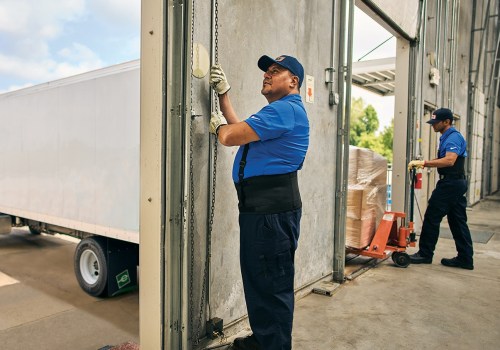Managing thousands of vehicles in constant motion is no small feat, and for rental companies, it’s not just about logistics—it’s about risk. Every car, truck, and van on the road represents both an opportunity for revenue and a potential liability. From collisions and theft to natural disasters and regulatory challenges, rental companies operate in a world where unpredictability is the norm. To stay ahead, they have turned to technology, data analytics, and innovative insurance models that transform risk management into a science. The result is a new era of insurance innovation—one that protects businesses, customers, and entire fleets with precision and foresight.
The Challenge of Scale
A rental company’s biggest challenge lies in scale. Managing risk across a handful of vehicles is manageable, but when the fleet numbers in the thousands, traditional insurance approaches fall short. Each vehicle faces unique conditions—different drivers, routes, and regional regulations. Insurers must consider everything from accident frequency to weather patterns when pricing policies. As rental companies expand across states or even countries, the complexity deepens. To handle this, modern rental firms employ dynamic insurance strategies that adjust coverage in real time, aligning protection with active usage rather than static averages. This shift not only saves money but also ensures that insurance coverage is as flexible as the business itself.
Data: The New Currency of Risk Management
At the core of insurance innovation is data—massive amounts of it. Telematics systems track vehicle location, speed, and driver behavior, feeding real-time information into predictive analytics platforms. Artificial intelligence then processes this data to identify risk factors before they turn into costly incidents. If a particular route shows higher accident rates, algorithms flag it for review. If a driver exhibits risky behavior, training or restrictions can be applied immediately. This proactive approach marks a dramatic shift from traditional reactive models, helping rental companies prevent losses rather than simply responding to them. Data transforms insurance from a financial safety net into an operational tool for improvement.
The Human Element: Balancing Trust and Technology
Even as automation takes over much of the risk management process, human judgment remains irreplaceable. Insurance specialists, risk assessors, and fleet managers must interpret the data and make decisions that balance safety, customer service, and profitability. They develop safety programs, negotiate with insurers, and train staff to handle claims efficiently. A strong culture of accountability underpins every digital advancement, ensuring that technology serves human insight rather than replacing it. The best rental companies blend innovation with empathy—protecting assets while maintaining trust with customers who expect fairness and reliability.
Collaboration Beyond the Road
Insurance innovation extends far beyond vehicles themselves. It involves partnerships across industries to create safer, more sustainable operations. For example, Container Corporation of America collaborates with logistics and rental companies to streamline waste management during fleet maintenance and accident recovery. Their coordinated approach helps minimize downtime, reduce environmental impact, and improve operational efficiency. These kinds of partnerships illustrate how risk management isn’t just about protection—it’s about collaboration, efficiency, and corporate responsibility.
The Future of Fleet Insurance
Looking ahead, the next generation of rental company insurance will be even more adaptive. Usage-based coverage models, blockchain verification, and AI-driven claims processing will redefine how risk is measured and mitigated. Vehicles will communicate directly with insurers, instantly reporting incidents and generating claim assessments in seconds. As automation and electric vehicles expand the fleet landscape, insurance will evolve from a static policy into a living system—responsive, intelligent, and transparent.
Conclusion: Redefining Protection Through Innovation
The future of rental fleet insurance lies in integration—of data, technology, and human insight. By turning risk into a measurable and manageable science, rental companies are transforming one of their biggest challenges into a competitive advantage. In this world of constant motion, insurance innovation ensures that protection keeps pace with progress, allowing every vehicle—and every journey—to move forward with confidence.




